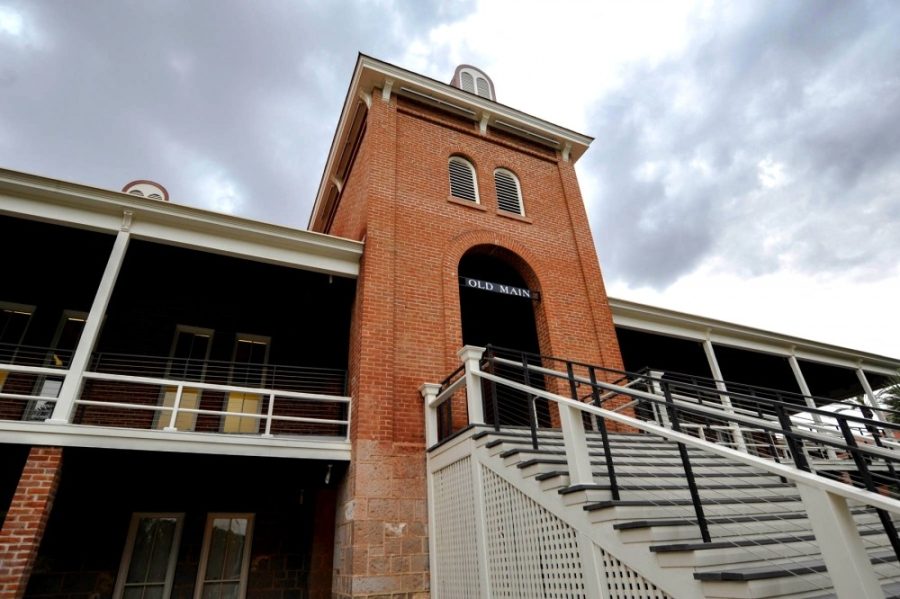The University of Arizona, as part of a new campus-wide strategic plan, is developing an initiative to make Arizona a destination for the arts.
Under the supervision of UA President Dr. Robert Robbins, the strategic plan covers a variety of topics from diversity and sustainability to the integration of physical, digital and biological worlds. After listening to community members, faculty, staff and students, conducting focus groups and gathering initial inputs on campus aspirations. The plan is now in phase two, or the “ideation phase.”
Since March, a series of open meetings have been held to discuss each topic, which aim to identify specific initiatives that will build a foundational road map for the university.
“We’re digging deep with these topic areas,” said Lisa Ordóñez, strategic plan co-chair and vice dean of Eller College of Management. “We have 13 initiative design teams and these teams are coming up with things that we are going to do in the strategic plan.”
RELATED: Murals of the Tucson community
One of these meeting, held March 27, explored the future of arts within the community, and how the university could be the leader of that initiative.
“We’re seeing where we are at, where we need to be and the arts are a really big part of that,” Ordóñez said. “We’re trying to make sure that all of us can see ourselves somewhere within the strategic plan.”
During the meeting, students, faculty and staff in attendance were asked what three words should define the arts at UA. Each participant texted in their answers, which then generated a live word cloud that was displayed on the screen. Overwhelmingly, the top three answers were diverse, innovative and interdisciplinary.
Each table was then asked to take some time to brainstorm and design their own initiative to elevate the arts in Tucson and at UA.
Nathan Saxton, senior exhibition specialist at the University of Arizona Museum of Art, discussed how to take advantage of the university’s area of influence.
“We were thinking about the strengths of our campus, which of course are optics and astronomy,” Saxton said. “These are some of the things that we’re known for that are also well funded. We envision an annual festival that is based entirely around light. It would involve light-based sculpture at night, so we have artists and engineers that are coming together to create these pieces.”
Saxton and his group members explained these types of festivals can be funded by General Electric or Philips, which are large companies that already have strong relationships on campus.
“It would be much more science and engineering based, but still very beautiful and artistic,” Saxton said.
RELATED: Highlighting the hidden talents of UA employees
Other attendees took a more academic approach in their initiatives — specifically that art classes be part of the required curriculum at UA. Along with this idea, some participants suggested the creation of a “cultural care orientation,” which would be required for incoming students and would introduce them to the artistic and cultural characteristics of the campus.
“We need to infuse general classes for undergrads with the collections that are here on campus,” said Kate Albers, associate professor of art history.
Albers and her group discussed specific ways that an art curriculum could influence other events and generate new audiences.
“With a different theme every year, that coursework would then lead to a big event, essentially an international, interdisciplinary symposium with workshops, exhibits, speakers and campus-wide community engagement,” Albers said. “It would address very large thematic ideas, with art as a driving force in answering those questions.”
By taking these opportunities to the people, art becomes a fundamental part of the overall student, faculty and staff experience at UA.
Follow Jasmine Demers on Twitter









